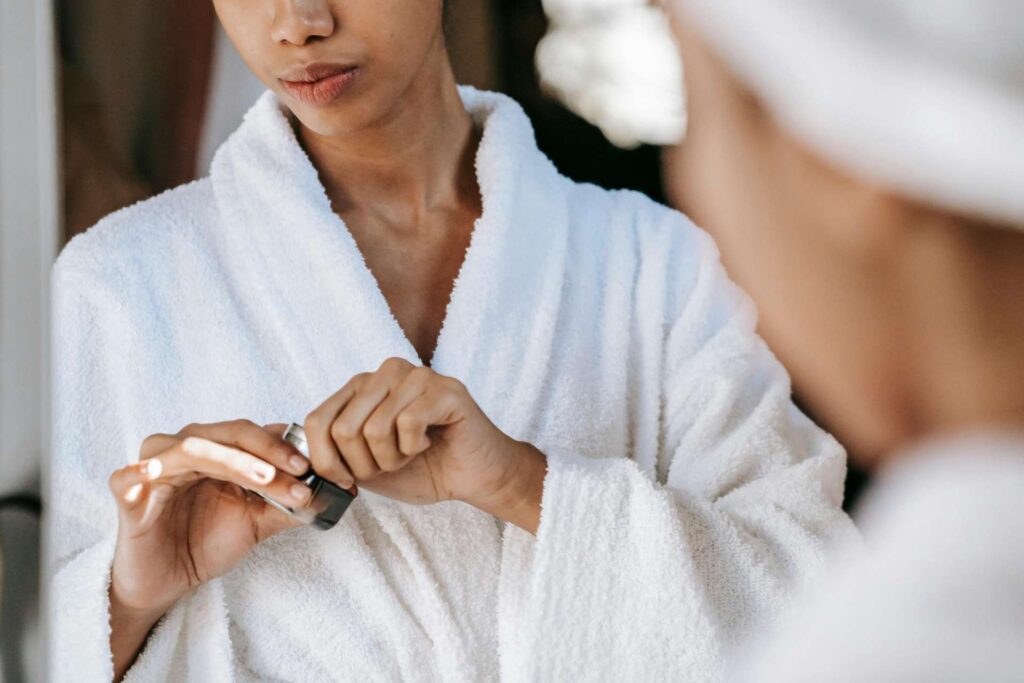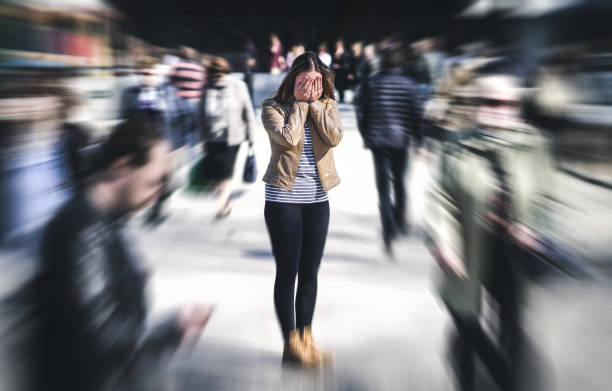
Discover the psychological triggers behind stress shopping, how it affects your brain and wallet, and science-backed strategies to break the cycle.
Introduction: The Allure of Retail Therapy
We’ve all been there—after a stressful day, clicking “checkout” on an online cart or wandering the mall for “just one thing” that turns into five. Stress shopping (or “retail therapy”) is a common coping mechanism, but why does spending money temporarily ease anxiety? And when does it become a problem?
This article explores:
🧠 The neuroscience behind stress shopping
💳 How retailers exploit emotional spending
🚫 When it crosses into compulsive buying disorder
🛑 Healthy alternatives to break the cycle

Why Your Brain Craves Shopping When Stressed
1. The Dopamine Quick Fix
- What happens: Purchases trigger a dopamine rush (your brain’s “reward chemical”), creating a brief high.
- The catch: Like sugar or social media, the crash leaves you craving more. A 2023 Journal of Neuroscience study found online shoppers’ dopamine spikes higher during stress-spending than calm spending.
2. The Illusion of Control
- Stress makes life feel chaotic. Choosing and buying things gives a false sense of control (“At least I can decide this!”).
- This explains why impulse buys spike during work stress or relationship conflicts.
3. Avoidance Coping
- Shopping distracts from uncomfortable emotions (loneliness, boredom, anxiety).
- Problem: The relief is temporary—the stressor remains, now with added guilt.


How Retailers Exploit Stress Shopping
1. “Limited-Time Offers” Create Urgency
- Flash sales activate loss aversion (“I’ll miss out!”).
- Data shows stressed shoppers are 43% more likely to fall for “only 2 left!” prompts.
2. Personalized Ads Target Weak Moments
- Algorithms track when you’re scrolling late at night (peak stress hours for many).
- Example: A 2024 study found Instagram users shown “comfort item” ads after 10 PM had 2x higher click-through rates.
3. “Free Returns” Encourage Overbuying
- The promise of easy returns lowers inhibitions. But research shows 65% of stress shoppers never return items.

When Stress Shopping Becomes a Disorder
Compulsive Buying Disorder (CBD) affects 5-8% of adults. Red flags include:
🔴 Hiding purchases or lying about spending
🔴 Maxing out credit cards regularly
🔴 Feeling shame after shopping—then doing it again
🔴 Neglecting bills or savings to shop
CBD is linked to:
- Anxiety disorders
- Depression
- Low serotonin levels (similar to OCD)

How to Break the Cycle: Science-Backed Strategies
1. The 24-Hour Rule
- For any unplanned purchase, wait 24 hours.
- Pro tip: Bookmark items instead of carting them. Most stress-buy urges fade by morning.
2. Identify Your Triggers
- Keep a “stress-spend journal” for 1 week. Note:
- What triggered you (e.g., fight with partner, work deadline)
- What you bought
- How you felt after
3. Replace Shopping With Healthier Dopamine Sources
- Movement: A 10-minute walk boosts dopamine without spending.
- Creativity: Coloring, baking, or DIY projects offer similar “completion highs.”
- Social connection: Call a friend instead of scrolling shopping sites.
4. Use Cash or a Dedicated Card
- Leave credit cards at home. Use a pre-loaded debit card with a strict budget.
- App trick: Delete payment info from your phone to add friction.
5. Retail Therapy… Without the Retail
- “Shop” your closet: Rediscover old favorites.
- Window-shop online without buying. (Surprisingly, this can satisfy the urge.)
5 FAQs About Stress Shopping
1. Is stress shopping really that bad?
In moderation, no—but when it causes debt, guilt, or replaces healthier coping, it’s a problem. Ask: “Is this a treat or a band-aid?”
2. Why do I always stress-shop at night?
Evening brings lower willpower + higher cortisol. Pair that with targeted ads, and it’s a perfect storm.
3. Can stress shopping be a sign of ADHD?
Yes! ADHD brains crave dopamine hits, and 25% of compulsive buyers have ADHD.
4. How do I stop online stress shopping?
- Use site blockers (e.g., StayFocusd) during vulnerable hours.
- Unsubscribe from promo emails. Fewer triggers = fewer impulse buys.
5. When should I seek professional help?
If you:
- Routinely spend beyond your means
- Feel out of control during shopping sprees
- Lie about purchases
A therapist specializing in CBT or financial anxiety can help.
Conclusion: Rewire Your Spending Habits
Stress shopping isn’t about the items—it’s about filling an emotional gap. By understanding your triggers and replacing shopping with healthier rewards, you can break the cycle without sacrificing self-care.
📌 Call to Action: Next time you’re tempted, pause and ask: “What do I really need right now?” (Hint: It’s probably not another pair of shoes.)
Sources & Further Reading:
- “To Buy or Not to Buy” (Dr. April Lane Benson) – CBT for compulsive shopping
- American Psychological Association: Stress & Spending
- “Dopamine Nation” (Dr. Anna Lembke) – Balancing pleasure and pain
True relief comes from addressing the stress—not masking it with purchases. 💸🚫
Leave a Reply